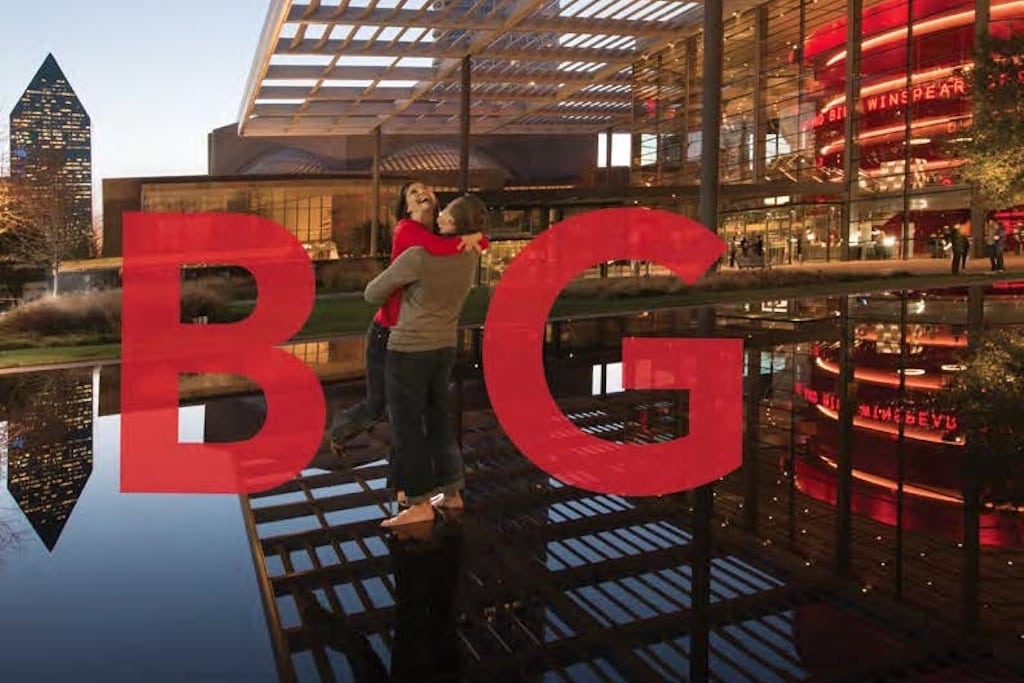Skift Take
As part of a broad interview series on travel marketing, we dedicated an episode of the Skift Podcast to discussing the unique challenges and successes of two CMOs.
We looked at modern marketing for a recent episode of the Skift Podcast, which explored the rise of social media, new technology, and shifting consumer tastes.
Our experts were Rich Fontaine, chief marketing officer of Lindblad Expeditions, and Noelle LeVeaux, CMO of Visit Dallas.
Here are five takeaways from the conversation:
Be prepared to capitalize when you accidentally strike social media gold.
Visit Dallas has been retweeting the viral Chewbacca Mom videos and hoping for more such fortunate coverage.
“We’ve reached out and we’ll probably have her do some fun things,” LeVeaux said. “That kind of stuff will draw more attention than any ad I can probably put out there… When I can show you someone who laughs like that, that infectious kind of personality, and she lives in Dallas — I mean, it’s gold.”
Some good ideas just don’t work out.
While branded content becomes a staple for many companies, it hasn’t worked for Lindblad.
“It’s the big buzz, everyone trying to do native. We’ve had very little success there. I don’t know why. I think we tell stories really well. It would seem logical that native advertising would work really well for us, but it hasn’t,” Fontaine said.
But Lindblad hasn’t given up on it as an avenue for storytelling.
Travelers crave a local, authentic experience.
Fontaine discusses the importance of his small 62-passenger vessels, which provide an up-close, in-depth experience that 4,000-passenger cruise ships can’t match.
“We’re not like the big cruise lines. As a matter of fact, we never use the word cruise in any of our marketing materials,” explains Fontaine. “We want to be very distinct in stating that the ship is the platform that brings our guests to these remote pristine geographies… the inner passageways and harbors of Alaska, the big cruise ships don’t go there.”
Individual neighborhoods are increasingly important for LeVeaux, as well as showing how Dallas locals enjoy their city while inspiring others to do the same.
“When you see a friend of yours out and around their own city saying, ‘Hey, this is so much fun: We went out to White Rock Lake today. We went kayaking and we took this picture as the I in BIG.”…That’s a word-of-mouth play that I can’t even pay for,” she said.
Word-of-mouth marketing in video form is crucial.
Videos of Lindblad passengers that convey real, in-the-moment emotion are priceless for the company.
“Every one of our expeditions has a video chronicler on board that captures the entire guest experience. At the end of a weeklong or two-week-long expedition, our guests can go home with a DVD or thumb drive,” says Fontaine. “That helps immensely in trying to differentiate to guests what the experience actually looks like and to see actual guests’ reactions to the first time they’ve ever witnessed a whole pod of penguins in Antarctica or something.”
Showing a full, 360-degree travel experience is increasingly important for Visit Dallas as well, and video is uniquely able to provide that.
“Trying to invest more in what our website video experience is is a big place for us because we can tell not only a story, but stories that really resonate based on what that person has been searching,” says LeVeaux.
Despite the immediacy of digital marketing, some marketing still has to be long term.
Visit Dallas has been trying to change an outdated, stubbornly held perception of the city for decades.
“It’s a hard story to tell when the 1978 Dallas television show is still showing in Australia, when people’s vision is still J.R.,” says LeVeaux. “If you come here and you’re at a restaurant in Dallas with a cowboy hat on, we’re all going to be staring at you and wondering who the guy in the cowboy hat is.”
Lindblad’s longevity, which is strengthened by a lasting partnership with National Geographic, works strongly in its favor.
“We’re celebrating the 50th anniversary of that first expedition trip to Antarctica in 1966,” Fontaine said. “We’ve kind of built an over-arching campaign that we call our Expedition Heritage campaign reinforcing our long experience in this space, reinforcing the fact that this is all that we do and therefore we’re immensely focused on delivering the absolute best experience possible.”
The Daily Newsletter
Our daily coverage of the global travel industry. Written by editors and analysts from across Skift’s brands.
Have a confidential tip for Skift? Get in touch
Tags: marketing, skift podcast
Photo credit: Dallas has been rebranding itself with an emphasis on 'big.' Visit Dallas
